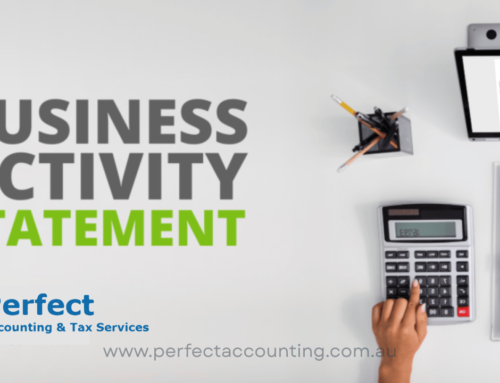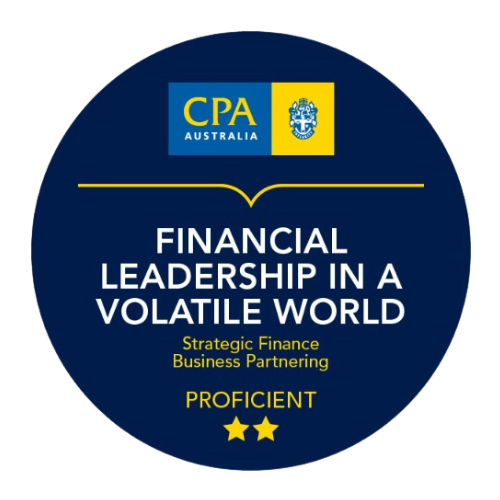When it comes to planning for retirement, Australians have a lot of choices. One option that keeps popping up is the Self-Managed Super Fund (SMSF). But what exactly does SMSF meaning boil down to in everyday language?
Let’s walk through it together — no confusing jargon, just clear, simple words to help you understand if an SMSF might be right for you.
SMSF Meaning in Simple Words
SMSF stands for Self-Managed Super Fund. It’s a private superannuation fund that you manage yourself. Instead of putting your retirement savings into a big fund like AustralianSuper or Hostplus, you run your own small super fund — usually with a few trusted people like family members.
In short:
You’re the boss of your own retirement money.
You decide where to invest it.
You follow the rules set by the Australian Tax Office (ATO).
How Does an SMSF Work?
Running an SMSF means you wear many hats: trustee, investor, and sometimes administrator. Here’s a simple breakdown:
-
Set up your SMSF – Choose trustees, create a trust deed, and register your fund with the ATO.
-
Roll over your existing super – Move your super savings into your SMSF bank account.
-
Make investment choices – Buy shares, property, bonds, or even cryptocurrencies (within the law).
-
Manage and report – Every year, you must report your fund’s finances and compliance to the ATO.
A Quick Story: Meet Lisa
Imagine Lisa. She’s always been hands-on with her finances. One day, after chatting with a friend over coffee, she realized she could have more control and possibly better returns with an SMSF.
Instead of relying on a big super fund manager, Lisa now handpicks her investments. She buys a mix of Aussie shares, a rental property, and even invests a bit in sustainable farming. Thanks to her SMSF, Lisa feels empowered about her retirement like never before!
Step-by-Step Guide to Starting Your SMSF
Feeling inspired? Let’s dive into the step-by-step setup:
Step 1: Decide if SMSF is Right for You
Setting up an SMSF isn’t a hobby — it’s a serious responsibility. You should:
-
Be ready to dedicate time and effort.
-
Have good financial knowledge or professional advice.
-
Understand the legal obligations (learn more about trustee duties here).
Tip: If you’re unsure, talk to expert accountants like Perfect Accounting — they specialize in helping Australians set up and manage SMSFs with confidence!
Step 2: Choose Your Trustees
You can either have:
-
Individual trustees (2-6 people), or
-
A corporate trustee (a company acts as trustee).
Important: Everyone must be willing to make decisions and legally responsible for the fund.
Step 3: Create Your Trust Deed
The trust deed is like your SMSF’s rulebook. It sets out:
-
How the fund operates
-
Who the members are
-
What investments the fund can make
Make sure a legal professional helps you write this properly!
Step 4: Register with the ATO
You’ll need:
-
An Australian Business Number (ABN)
-
A Tax File Number (TFN)
Register your fund online through the Australian Business Register.
Step 5: Open a Bank Account
This account should be:
-
Separate from your personal finances
-
Used only for your SMSF’s contributions, earnings, and expenses.
Step 6: Roll Over Funds and Start Investing
Transfer your old super savings into your SMSF account and start investing wisely. Remember: every investment must follow your investment strategy, which needs to be documented.
Step 7: Keep Records and Lodge Annual Returns
You must:
-
Keep detailed records
-
Appoint an SMSF auditor
-
Submit an annual return to the ATO
Perfect Accounting can help you with all the paperwork, so you can focus on growing your fund!
Pros and Cons of an SMSF
| Pros | Cons |
|---|---|
| Full control over investments | Requires time and financial knowledge |
| Tailored to your needs | High setup and running costs if poorly managed |
| Possible cost savings (for larger balances) | Risk of penalties for non-compliance |
| Tax advantages | You bear all investment risks |
When Should You Consider Getting Professional Help?
An SMSF can be incredibly rewarding, but it also comes with serious responsibilities. If you’re not 100% confident about:
-
Setting up correctly
-
Staying compliant
-
Managing taxes and audits
…then reaching out to professional accountants is a wise move.
Perfect Accounting offers full SMSF setup, management, and auditing services. Their experienced team takes the stress out of managing your fund — giving you peace of mind while you grow your wealth.
They’ll help you:
-
Save time
-
Avoid costly mistakes
-
Maximize your retirement savings
You don’t have to do it alone — Perfect Accounting is here to guide you every step of the way!
Conclusion: Is SMSF Right for You?
Choosing an SMSF means choosing freedom, control, and responsibility over your retirement savings. It’s not for everyone — but for those ready to step up, it can be a powerful tool for building a better future.
Remember, getting expert advice early makes a massive difference. Don’t take chances with your retirement. Contact Perfect Accounting today and set your SMSF journey up for success!
What is the role of SMSF?
We take a look at the different roles within an SMSF. That's why we often hear the same person called a member, a trustee, a director, a shareholder or even a secretary. They might be all of the above in the same SMSF.
Does a SMSF pay tax?
Self-managed super funds (SMSFs) must pay tax on their assessable income. The most common types of assessable income are: assessable contributions. net capital gains.
What is the 5 rule for SMSF?
You are restricted from having in-house assets that comprise more than 5% of the market value of the SMSF's total assets. An in-house asset is any of the following: a loan to a related party of your fund. an investment in a related party of your fund.
What is the cost of SMSF?
The latest SMSF data from 2020-2021 show that median operating expenses for an SMSF is $4,139 including deductible and non-deductible expenses such as the approved auditor fee, management and administration expenses and the SMSF supervisory levy.







